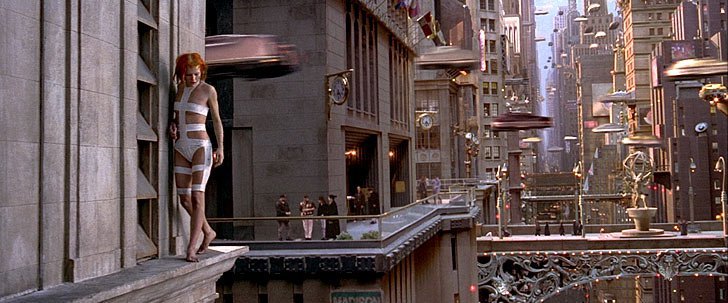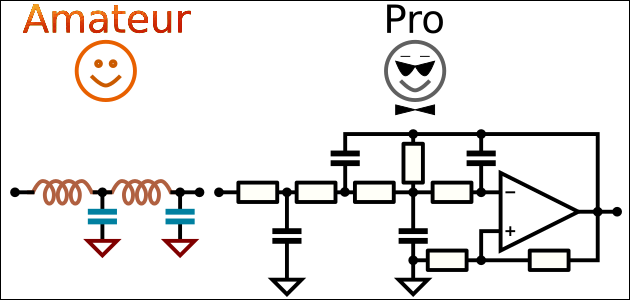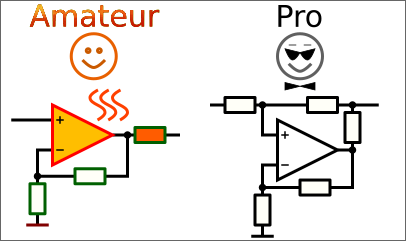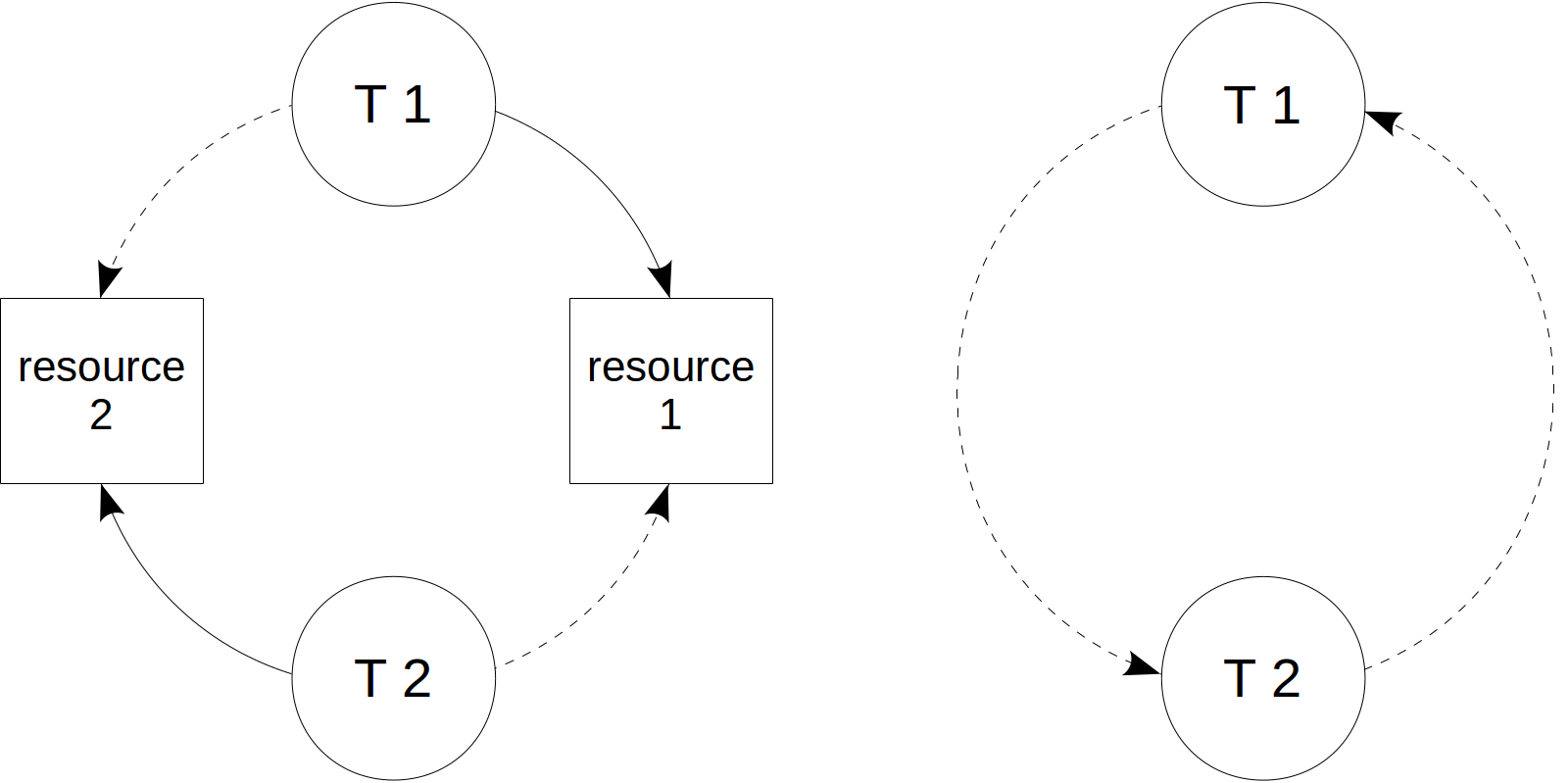«Promising Public Transportation for Large and Medium-Sized Cities» — the main idea in a brief summary

(source)
Translation provided by ChatGPT, link to the original article.
I recently published a series of articles titled 'As Cheap as a Bus, as Convenient as a Taxi...':
Link to Part 1: «Preliminary Analysis» (ру / eng )
Link to Part 2: «Experiments on a Torus» (ру / eng )
Link to Part 3: «Practically Significant Solutions» (ру / eng )
dedicated to making public transportation in large cities completely seamless, without the need for transfers. In the last article of the series, I extensively described a microbus movement scheme that allows them to operate almost like taxis while accommodating 5-10 passengers at once. Such a transportation system would enable city residents to travel from any intersection to another without any transfers, comparable in time to a personal car journey, and at a cost similar to a regular city bus ticket. However, the feedback from readers indicated that I chose an extremely ineffective way to convey the information, resulting in a failure to effectively communicate the essence of the matter.
I must admit that the previous three articles were written in a way that allowed readers to apply the acquired knowledge in practice or continue the research I started on their own. Unfortunately, my desire to 'teach' resulted in nearly 100 pages of complex mathematical text, which is clearly excessive for readers who simply wanted to familiarize themselves with the idea. Here, I will attempt to rectify this mistake and briefly, yet simply, explain the bus taxi technology.






















